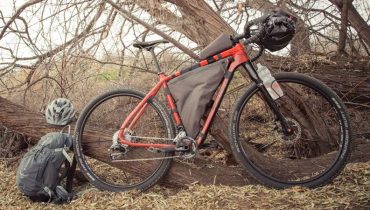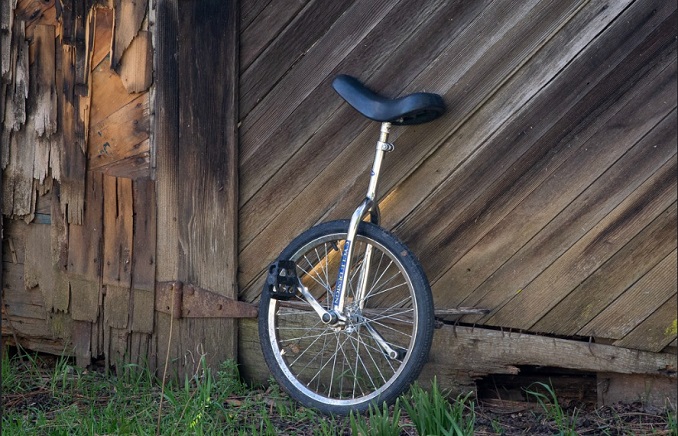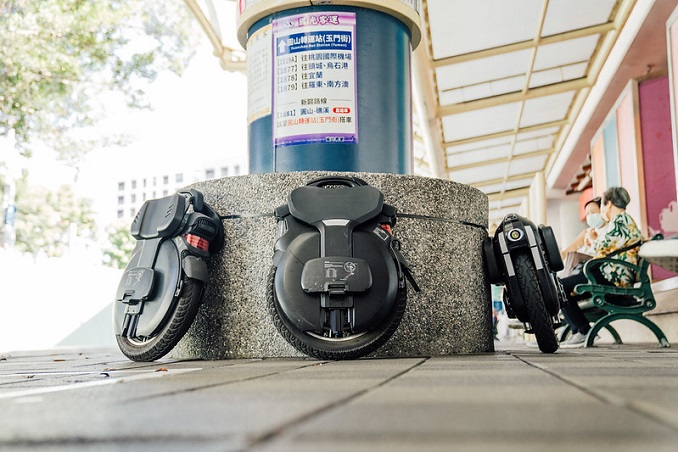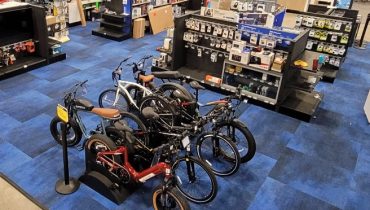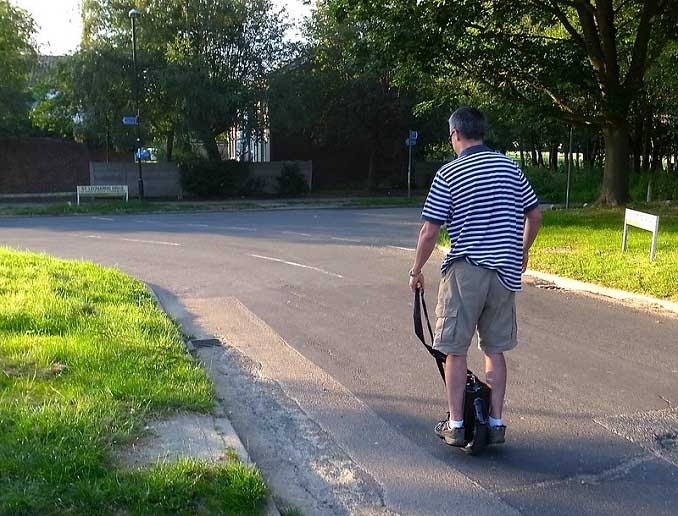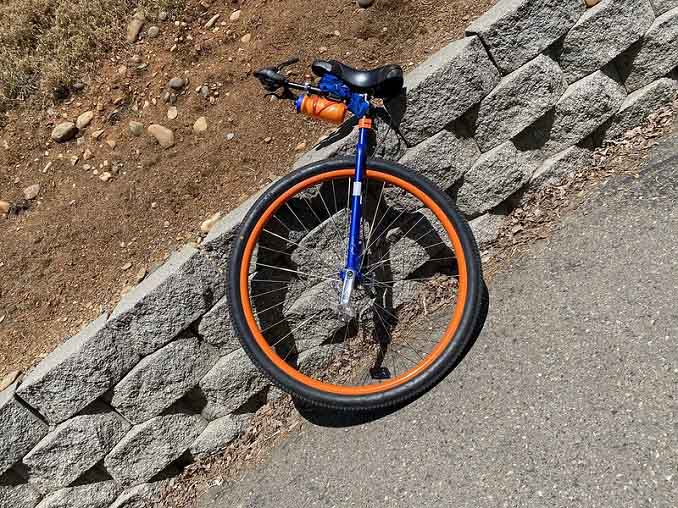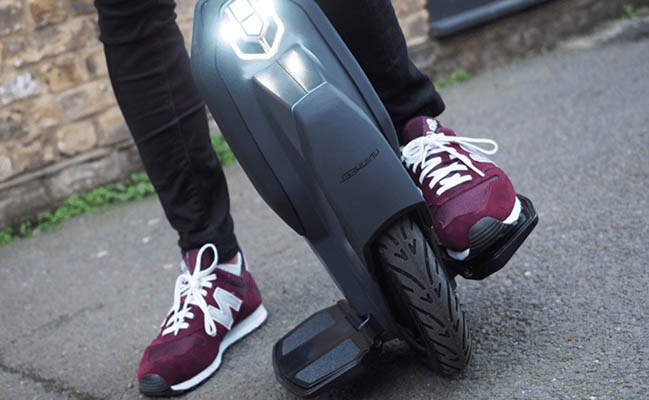Whether you’re looking online or visiting your neighbourhood bike store, purchasing a bike offers more options than it did years ago.
Choosing the perfect bike for your requirements might thus be a minefield; but, fear not; BikeRadar is here to assist.
From locating the appropriate machine for your needs, developing a budget and picking a shop, to choosing components, determining the correct size and riding a test bike, let us lead you through purchasing the ideal bike.
Use the buttons below to jump to the portion you require; otherwise, read on for the best eight-step tutorial on bike purchase.
1. Specify your objectives.
Where should one begin? We would advise you, then, on choosing your bike’s objectives. You will start to immediately reduce your choices if you can explain what you want to do with your new bike.
Generally speaking, your main choices for the ideal bike for your needs are a road bike, mountain bike, hybrid bike, gravel bike, folding bike, city bike or singlespeed/fixie.
Form follows function, and bikes especially so. Different bikes are meant for different kinds of riding, some are quite specific in their use. Although most bikes will be flexible enough for you to cycle to work, to the stores and round the hills on the same bike, focusing on your goals can help you to choose a bike more appropriate for your riding plans.
Starting riding to work replaces the congestion of public transportation or the (financial and environmental) cost of driving, among the most often expressed goals.
Cycle to Work programmes provide an appealing, tax-efficient approach for UK buyers of a bike. See if your local government provides a comparable programme if you are not based in the UK.
Are you driving?
For daily commuting, which bike is best? On a hybrid bike meant to combine speed, comfort and adaptability, many bike commuters choose the more upright posture offered by a flat handlebar.
Another great choice for the commuter is drop-bar road bikes, particularly those built with the ride to work in mind and with the necessary fittings for mudguards and a rack. They probably also run somewhat faster than a hybrid.
In either case, it’s a good idea to attach mudguards to protect yourself from rain – crucial if you intend to often ride a bike – and maybe a rack at the rear to carry luggage more conveniently than in a backpack.
A hybrid or road bike will also let you explore country lanes and bike paths over the weekend if you choose to travel farther than the trip to work.

The ultimate beginner’s guide to buying a bike in 2024
Is road riding your thing?
You should almost certainly be looking at drop-bar bikes if your objectives are somewhat sportier or if you intend to go further but still on tarmac.
Their designs are race-oriented, either endurance-type bikes with a somewhat more upright posture or more aggressive, aerodynamic riding positions.
With a more relaxed geometry and, in many cases, more flexibility thanks to extra tyre clearance and mounting places for mudguards and a rack, an endurance road bike is the rational choice except for racing.
While climbing bikes lay greater emphasis on low weight, the latest aero road bikes are made for all-out speed if your main goal is performance and you are sure a racier position would work for you.
2. Set your budget
You now know, then, the kind of bike you require. How much are you now able to spend?
Usually costing approximately £200 upwards, non-motorised motorcycles are Although cheaper expensive bikes are available, they usually always low quality.
£500–£750 is a fair starting point for a “serious” bike with a quality frame and components whether you are purchasing a cheap road bike or mountain bike. This applies also to a decent hybrid or an inexpensive gravel bike.
You will begin to see bikes with a reasonably lightweight, well-considered frame and branded components at this pricing range. It should be most importantly robust. The Achilles heel of cheap motorcycles is that they might not remain that way even if they perform perfectly when first bought.
On the other hand, we would advise investing roughly £1,000 if your budget can stretch and you intend to ride often. Here, the best mountain bikes under £1,000 and road bikes under £1,000 start to show quality components, with a frame fit for upgrading as your riding advances.
Obviously, you can spend a lot more here. The best road, mountain, or gravel bikes often require five-figure amounts. Like any high-end purchase, the returns are declining, but for most dedicated bikers an investment of between £2,000 and £4,000 will result in a premium bike.





